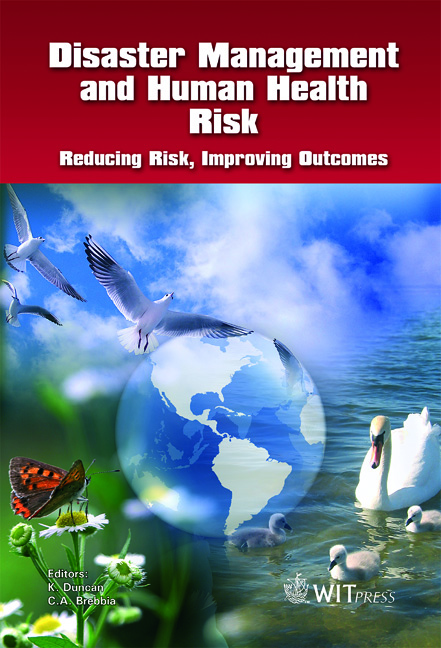Identification Of Disaster Risks In Spatial Planning For Sustainable Development: A Case Study In Kosovo
Price
Free (open access)
Transaction
Volume
110
Pages
11
Published
2009
Size
1,351 kb
Paper DOI
10.2495/DMAN090141
Copyright
WIT Press
Author(s)
M. Yokota & G. Seneque
Abstract
Kosovo has and is facing an unprecedented construction boom and growth of urban areas. Unfortunately, this growth is not adequately controlled and managed by the government, particularly the new political situation after the conflict and major economic changes that have triggered population migrations from rural areas to cities and throughout Kosovo in general. However, the cities are not prepared for such sudden influx of population. In addition, due to the lack of proper development control and disaster risk assessment and management, vulnerability to natural disasters in urban areas has considerably increased, which will undermine the sustainable growth of the cities in Kosovo. This paper explores how the risks of natural disasters are addressed in national policies and spatial planning in Kosovo and through a case study it is unveiled that the tendency is for areas vulnerable to natural disasters to be undergoing expansion. Throughout the analysis, practical approaches for disaster risk reduction and mitigation are introduced from a spatial planning perspective. Keywords: developing countries, natural disaster, housing, disaster risk assessment and management, risk reduction, mitigation.
Keywords
developing countries, natural disaster, housing, disaster risk assessment and management, risk reduction, mitigation




